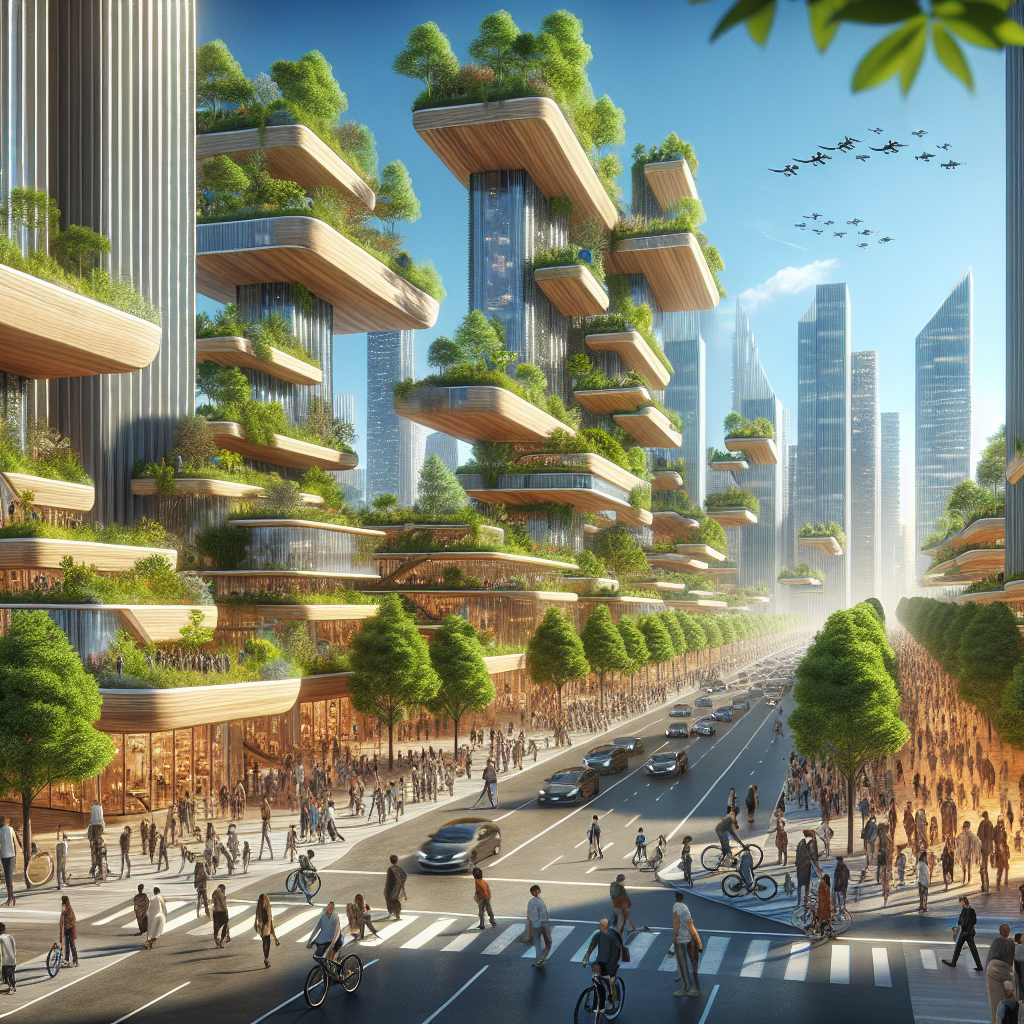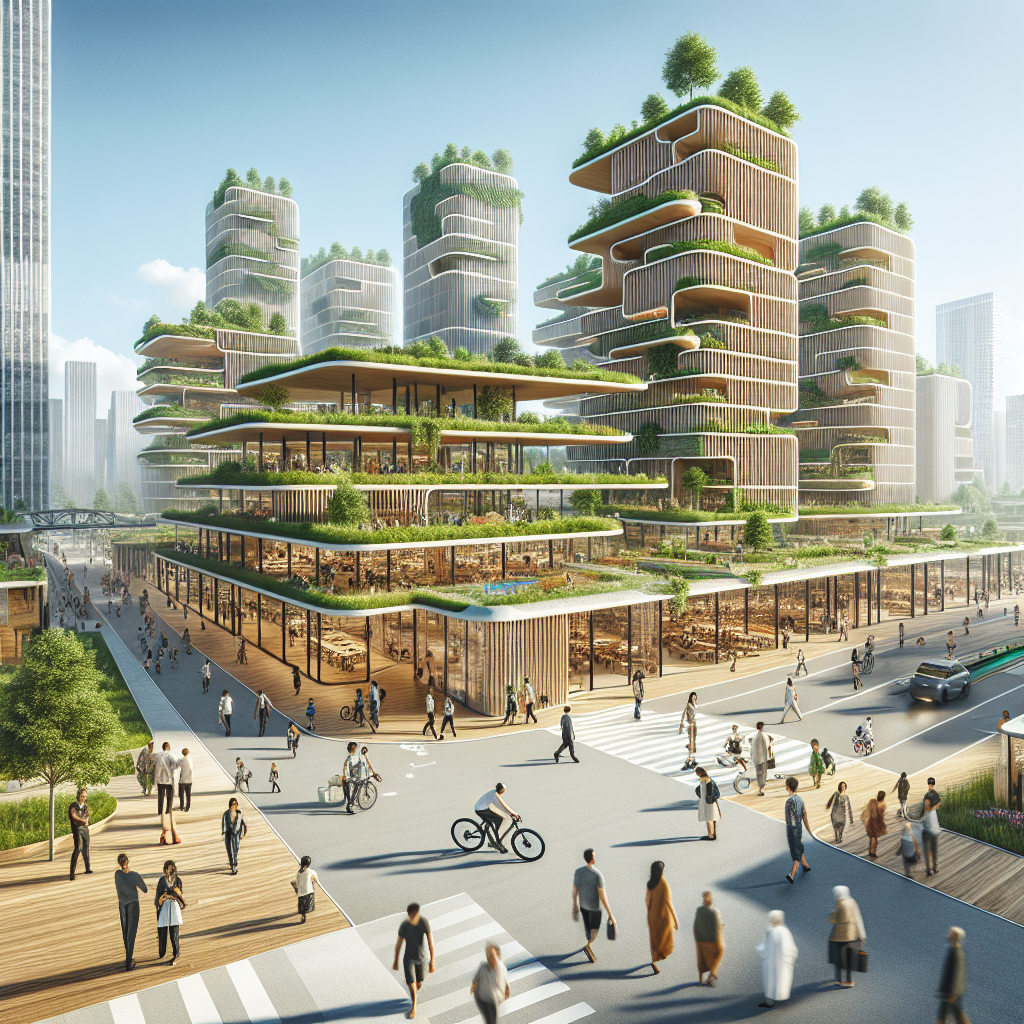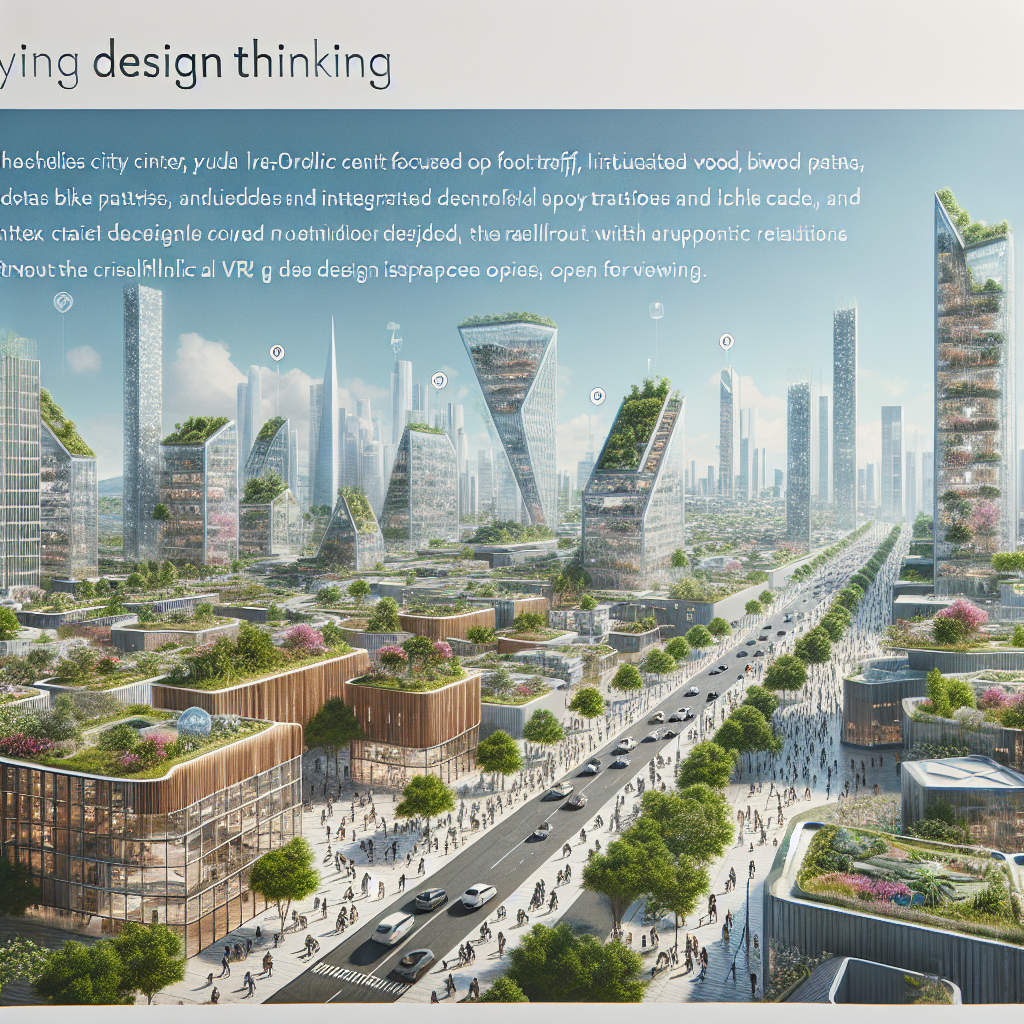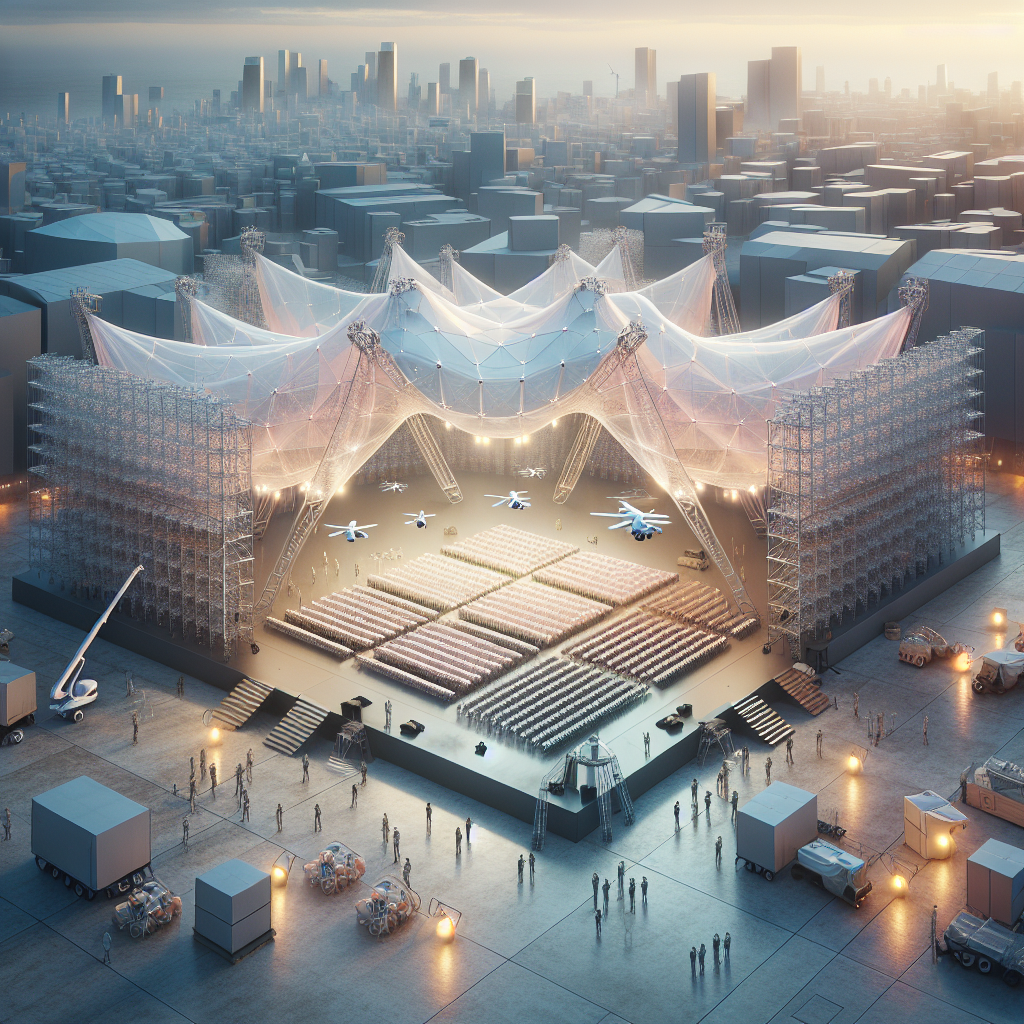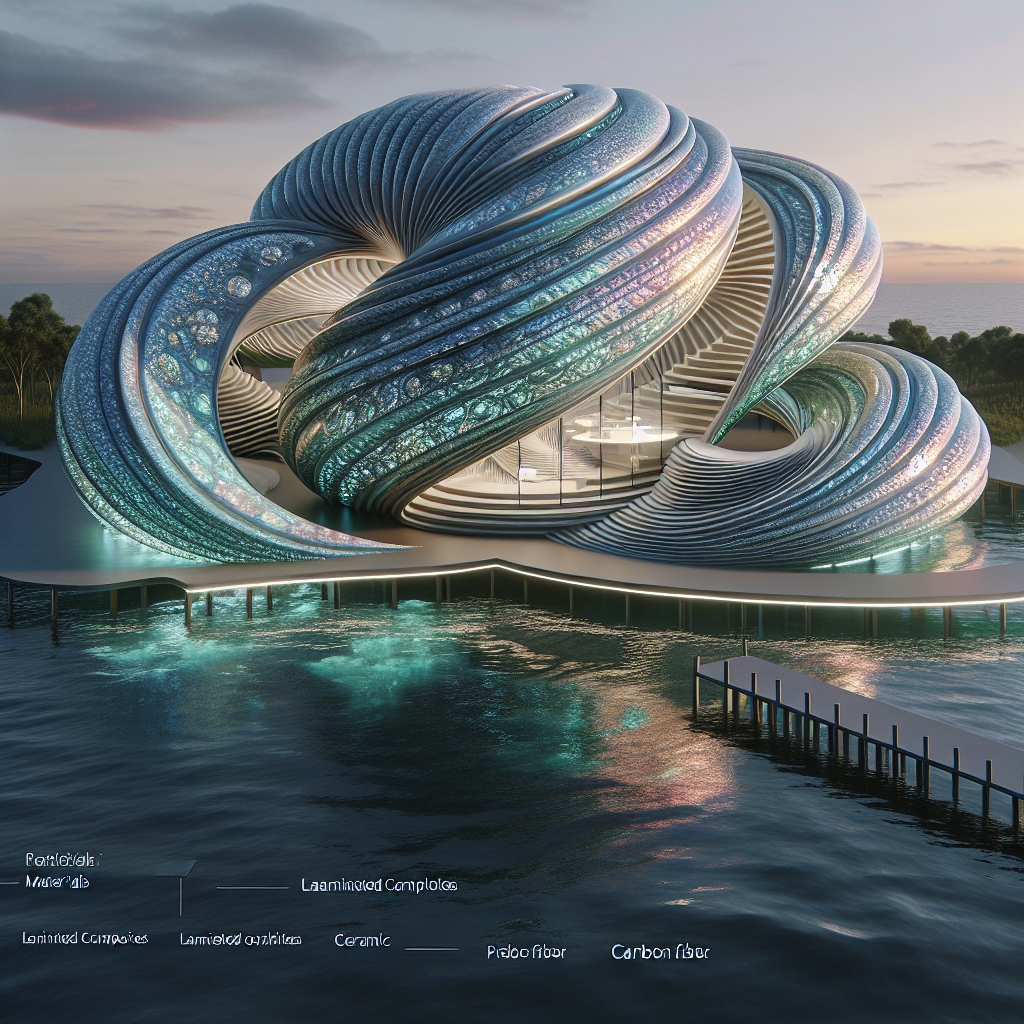Design Thinking: Innovative Solutions for Creative Problem-Solving
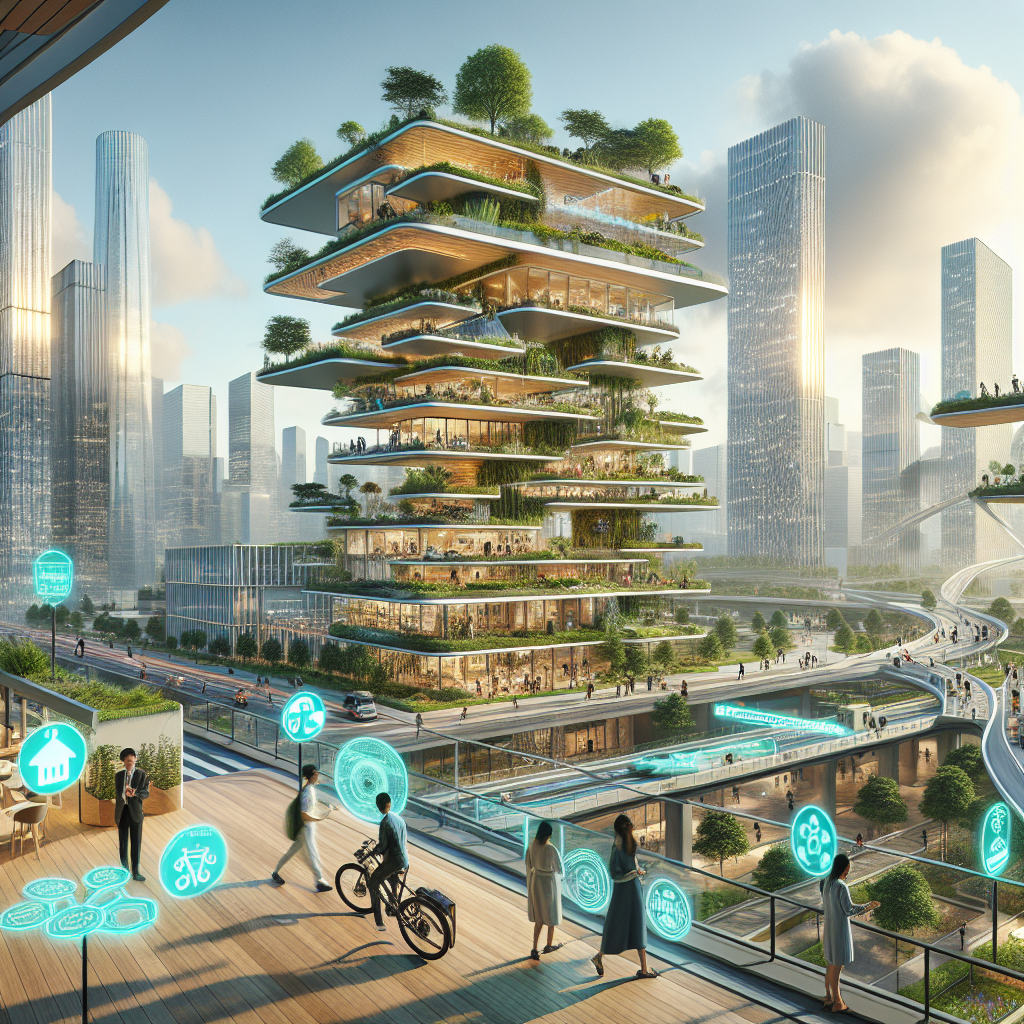
Design Thinking: Innovative Solutions for Creative Problem-Solving
In the ever-evolving landscape of architecture and interior design, professionals continually seek fresh methodologies to address complex challenges. One approach that has emerged as a powerful catalyst for innovation is Design Thinking. This human-centered, iterative process has revolutionized the way architects, designers, and creatives approach problem-solving, leading to groundbreaking solutions that resonate deeply with users. From reimagining urban landscapes to crafting interiors that elevate human experience, Design Thinking offers a robust framework for creativity and innovation.
Understanding Design Thinking: A Human-Centric Approach
At its core, Design Thinking is a methodology that prioritizes empathy, experimentation, and iteration. Originating from the principles of user-centered design, it emphasizes understanding the user’s needs, desires, and behaviors to create meaningful solutions. Unlike traditional problem-solving methods, Design Thinking embraces ambiguity and encourages exploration, making it particularly suited to the dynamic fields of architecture and interior design.
The process typically unfolds in five distinct phases: Empathize, Define, Ideate, Prototype, and Test. Each stage builds upon the previous, fostering a deep understanding of the user and allowing designers to refine their solutions continuously. This iterative cycle not only enhances creativity but also ensures that the final outcome aligns closely with user expectations and experiences.
Empathy in Action: Transforming Urban Spaces
One compelling example of Design Thinking in urban architecture is the innovative approach to urban mobility. Cities worldwide grapple with congestion, pollution, and inefficient transportation systems. By empathizing with commuters’ daily experiences, architects and urban planners have begun to envision transformative solutions such as pedestrian-friendly zones, integrated cycling networks, and autonomous vehicle infrastructure.
Take, for instance, the ambitious “The Line” project in Saudi Arabia. This futuristic city design exemplifies Design Thinking by placing human experience at its core. With a car-free, linear urban layout, residents can access essential services within a five-minute walk, dramatically improving quality of life and reducing environmental impact. Such visionary projects demonstrate how empathy-driven design can reshape urban environments into sustainable, user-friendly spaces.
Ideation and Innovation: Pioneering Sustainable Architecture
In the realm of sustainable architecture, Design Thinking has sparked a wave of innovation, particularly in the exploration of new materials and construction techniques. The rise of wooden skyscrapers illustrates how ideation can lead to groundbreaking architectural solutions. By reimagining timber as a viable material for high-rise construction, architects have developed structures that are not only aesthetically striking but also environmentally responsible.
Similarly, the adoption of biophilic design principles showcases the power of ideation in creating spaces that enhance human well-being. Incorporating natural elements such as greenery, natural light, and organic textures, biophilic interiors foster a deep connection with nature, improving mental health and productivity. The seamless integration of these elements, as seen in Singapore’s iconic Jewel Changi Airport, highlights how innovative thinking can transform ordinary spaces into extraordinary experiences.
Prototyping and Testing: Refining Solutions for Maximum Impact
Prototyping and testing are integral to the Design Thinking process, allowing designers to experiment, gather feedback, and refine their concepts. Advances in technology, such as virtual reality (VR) and augmented reality (AR), have significantly enhanced this phase, enabling architects and designers to visualize and interact with their creations in immersive environments.
For example, architectural firms now routinely employ VR to present detailed walkthroughs of proposed buildings, allowing stakeholders to experience spaces before construction begins. This immersive approach not only facilitates better decision-making but also identifies potential issues early in the design process, saving time and resources. The successful implementation of VR prototyping in projects like the renovation of New York’s historic TWA Hotel underscores the transformative potential of technology-driven testing.
Design Thinking in Interior Design: Crafting Personalized Experiences
Interior designers have also embraced Design Thinking to create spaces that resonate deeply with occupants. By empathizing with clients’ lifestyles, preferences, and routines, designers can craft interiors that are both functional and emotionally engaging. The resurgence of Wabi-Sabi aesthetics, emphasizing beauty in imperfection and simplicity, exemplifies this personalized approach.
Imagine a serene living room adorned with handcrafted ceramics, reclaimed wood furniture, and textured fabrics that evoke a sense of calm and authenticity. Such interiors, deeply rooted in user empathy, offer a respite from the fast-paced modern world, highlighting how Design Thinking can create spaces that nurture the human spirit.
The Future of Design Thinking: Challenges and Opportunities
As we look ahead, Design Thinking will undoubtedly continue to shape the fields of architecture and interior design. However, practitioners must remain mindful of emerging challenges, such as climate change, urbanization, and technological disruption. Addressing these complex issues will require designers to adopt an even more holistic and collaborative approach, integrating insights from diverse disciplines and stakeholders.
Moreover, the integration of artificial intelligence (AI) and machine learning presents exciting opportunities to enhance the Design Thinking process further. AI-driven tools can analyze vast amounts of data, uncovering patterns and insights that inform design decisions. Yet, designers must balance technological innovation with human intuition and creativity, ensuring that solutions remain deeply empathetic and user-focused.
Conclusion: Embracing a Culture of Innovation
Ultimately, Design Thinking represents more than just a methodology—it embodies a culture of innovation, curiosity, and empathy. By placing human experience at the heart of the design process, architects and designers can create solutions that not only address practical challenges but also enrich lives and communities. As we continue to navigate an increasingly complex world, embracing Design Thinking will be essential in crafting spaces and environments that inspire, uplift, and endure.
For those passionate about design and architecture, adopting this innovative mindset offers limitless possibilities to shape a better, more sustainable future. Whether reimagining urban landscapes, pioneering sustainable construction, or crafting personalized interiors, Design Thinking empowers professionals to tackle creative challenges with confidence, empathy, and ingenuity.
